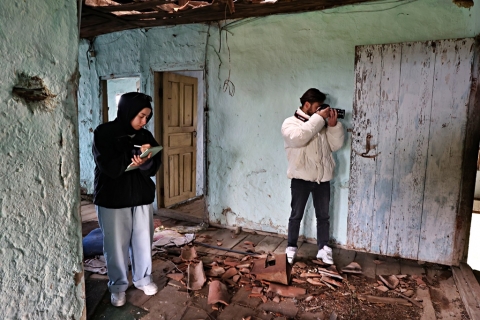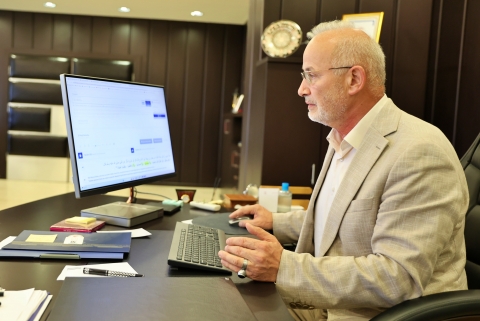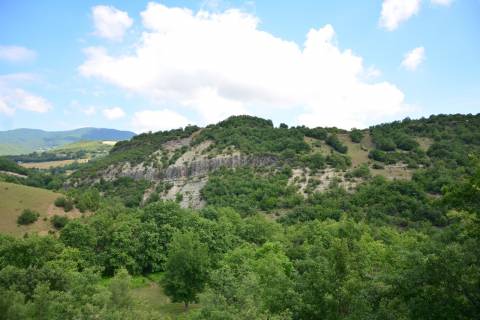Digitizing Heritage: Samsun’s Tombstones to Be Preserved for Future Generations
A comprehensive project led by Ondokuz Mayıs University (OMU) will record and preserve tombstones across all neighborhoods in Samsun. These tombstones, which offer historical insights through their inscriptions, decorations, and architectural features, will be documented to prevent their loss.
A team of 10 researchers, led by Prof. Dr. Yavuz Bayram from OMU Faculty of Education, Department of Turkish and Social Sciences Education, will conduct studies in the cemeteries of Samsun’s 17 districts and 1,251 neighborhoods. Through this initiative, tombstones that have been neglected or are on the verge of disappearing will be transferred to a digital archive, ensuring their preservation.
"We Will Identify Ottoman Turkish Inscriptions in Cemeteries"
Speaking about the project, Prof. Dr. Yavuz Bayram stated:
"We have a project focused on Samsun, which is fully supported by our university. The initiative will involve the Samsun Governorship, Samsun Metropolitan Municipality, and the Provincial Directorate of Culture and Tourism. We will visit every cemetery across 1,251 neighborhoods, scanning for tombstones with inscriptions in Ottoman Turkish. These will then be categorized and officially registered. This is a three-year project. If we fail to identify and record these tombstones, they will soon be overgrown by surrounding vegetation and lost forever. These tombstones are our hidden treasures, and we are losing them year by year. To prevent this loss, we need to locate, document, and digitally preserve them."
"Tombstones Are the Title Deeds of a Region"
Emphasizing the historical and cultural significance of cemeteries, Prof. Dr. Bayram explained:
"Cemeteries provide crucial information about the past inhabitants of a region. By studying tombstones, we can determine who lived in an area, what communities resided there, and their religious affiliations. Tombstones serve as a region's 'title deeds', offering invaluable insights found in historical records.
In some cases, tombstones even reveal demographic details. Inscriptions can indicate prevalent diseases of the time or confirm the occurrence of past epidemics. However, society is often unaware of this valuable source of information. Academic research has already uncovered Ottoman-era tombstones in Samsun’s central areas, as well as in Çarşamba and Bafra. But numerous cemeteries with Ottoman Turkish inscriptions exist beyond these locations, and we need to document them all systematically."
A City-Wide Preservation Effort
Prof. Dr. Bayram underscored the importance of expanding the study to cover all 17 districts of Samsun:
"Previous research has focused on specific areas such as Çarşamba, Bafra, Vezirköprü, and central Samsun. However, to gain a comprehensive understanding, we must extend our work to all districts, including Ladik, Alaçam, Terme, and Salıpazarı."
This large-scale project aims to safeguard Samsun’s cultural and historical heritage by preserving its tombstones, ensuring that they remain a valuable record for future generations.


















